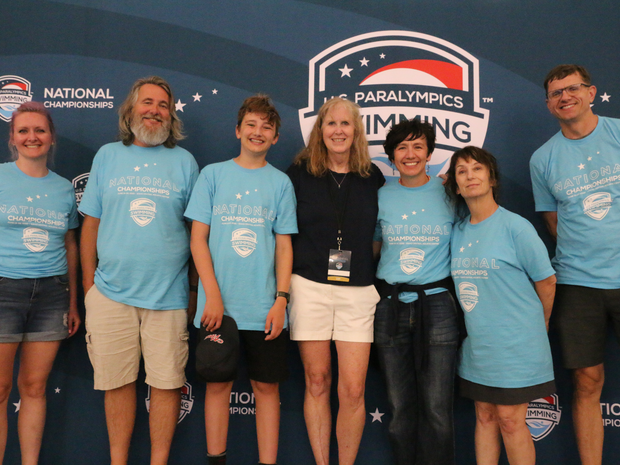St. Luke's Newsroom
When people thrive, communities grow stronger. Explore stories highlighting how St. Luke’s supports our patients, neighbors and communities, collaborates with nonprofit organizations to improve health, and celebrates team members, partnerships and milestones.
Featured Articles
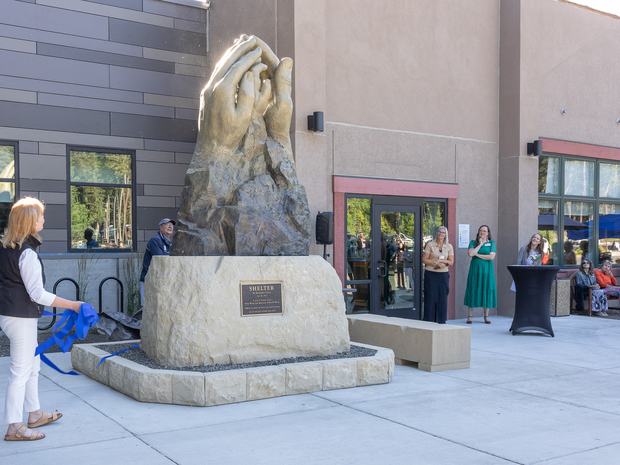
Philanthropy
St. Luke's McCall unveils healing garden and 'Shelter' sculpture welcoming patientsThis beautiful garden was made possible through the generosity of Dr. Ed Droge and support from community members and hospital employees.
Read more News & Announcements from St. Luke's
View allAdvancing Community Health

Help & SupportInnovative, purposeful suicide prevention programs an everyday effort at St. Luke’s
St. Luke’s not only has a team dedicated to suicide prevention but has initiatives that include diverse groups from physicians to behavioral health experts to licensed social workers and many in between.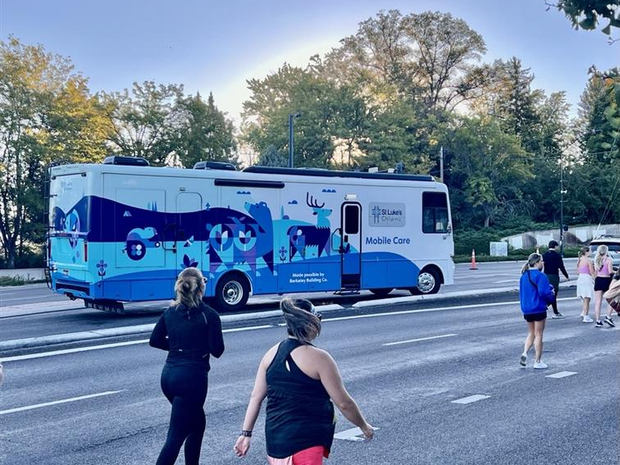
Patient CareSt. Luke's Children's mobile care program expands into more districts this school year
St. Luke's has entered into agreements with Caldwell and Mountain Home to begin serving children in those school districts.News & AnnouncementsSt. Luke’s physician, team lend support to U.S. Paralympics Swimming National Championships in Boise
Outside of her work as a St. Luke’s family medicine physician, Dr. Ann Erwin’s life has been focused on the water.
Community Health & EngagementCHIF recipient Girls on the Run strengthens mind and body, one step at a time
Girls on the Run serves more than half a dozen counties across southwest and central Idaho.

PATIENT STORIES
Though her journey is far from over, Sofia's strength and determination are unwavering, and there's no doubt she will continue to make remarkable progress as she continues her rehabilitation.
St. Luke's 2025 Children's Miracle Network Champion, Sofia Rambow
Highlighting the Impact of Giving
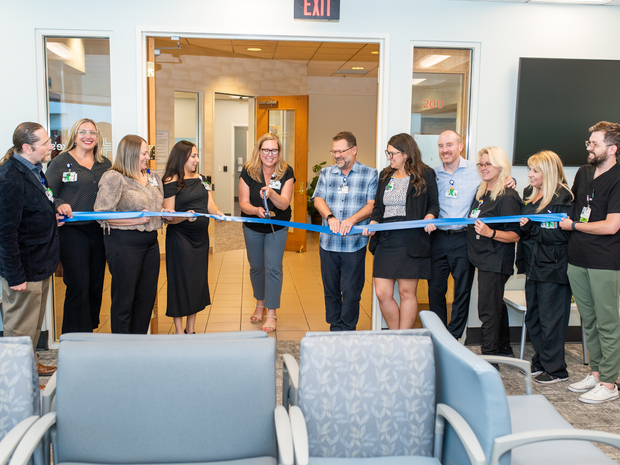
News & AnnouncementsSt. Luke’s opens expanded behavioral health clinic supported by community donors
The new Behavioral Health Clinic at Capitol Gateway Plaza, near downtown Boise, aims to reduce appointment wait times and will introduce new, on-site programs and services.
PhilanthropySt. Luke's McCall unveils healing garden and 'Shelter' sculpture welcoming patients
This beautiful garden was made possible through the generosity of Dr. Ed Droge and support from community members and hospital employees.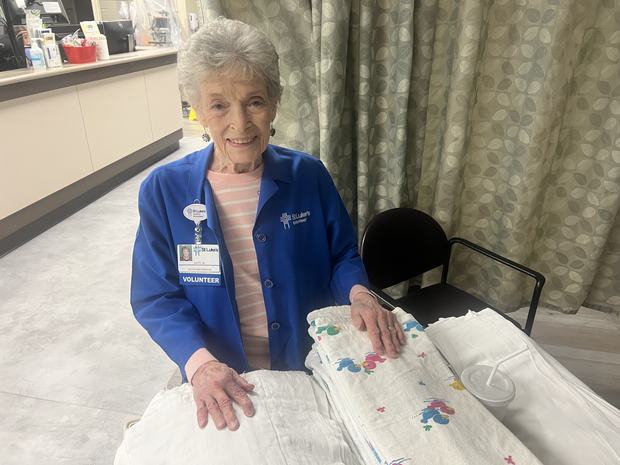
PhilanthropyBringing 'love and light,' St. Luke's NICU volunteer celebrates 95th birthday with team
“It is so fulfilling, because you are helping people, making them happy, making their day better,” Molnar said. “And that makes me happy.”
Inside Mental Health Support

Help & SupportInnovative, purposeful suicide prevention programs an everyday effort at St. Luke’s
St. Luke’s not only has a team dedicated to suicide prevention but has initiatives that include diverse groups from physicians to behavioral health experts to licensed social workers and many in between.
News & AnnouncementsSt. Luke’s opens expanded behavioral health clinic supported by community donors
The new Behavioral Health Clinic at Capitol Gateway Plaza, near downtown Boise, aims to reduce appointment wait times and will introduce new, on-site programs and services.
PhilanthropySt. Luke's Wood River Foundation furthers mental health efforts with major investment
The St. Luke’s Wood River Foundation committed an additional $4.43 million to the Blaine County Mental Well-Being Initiative.
All Articles
0 Posts
